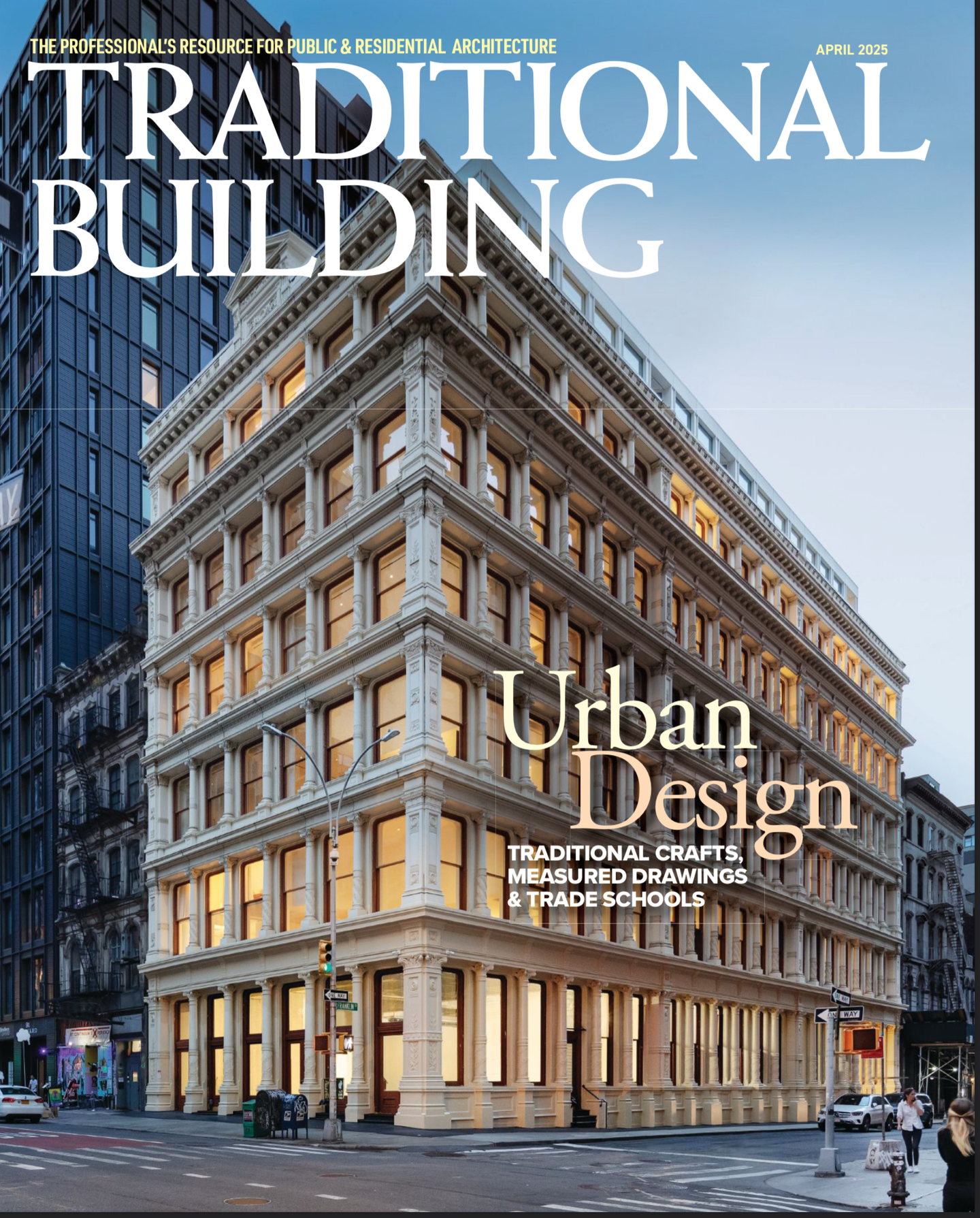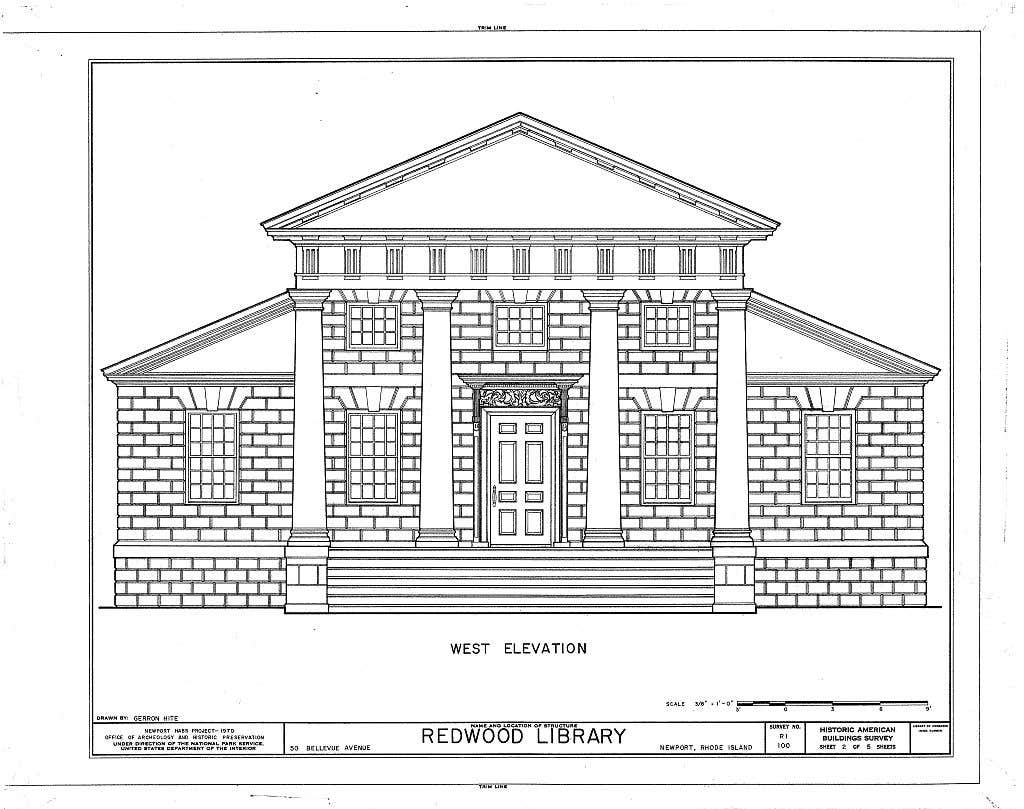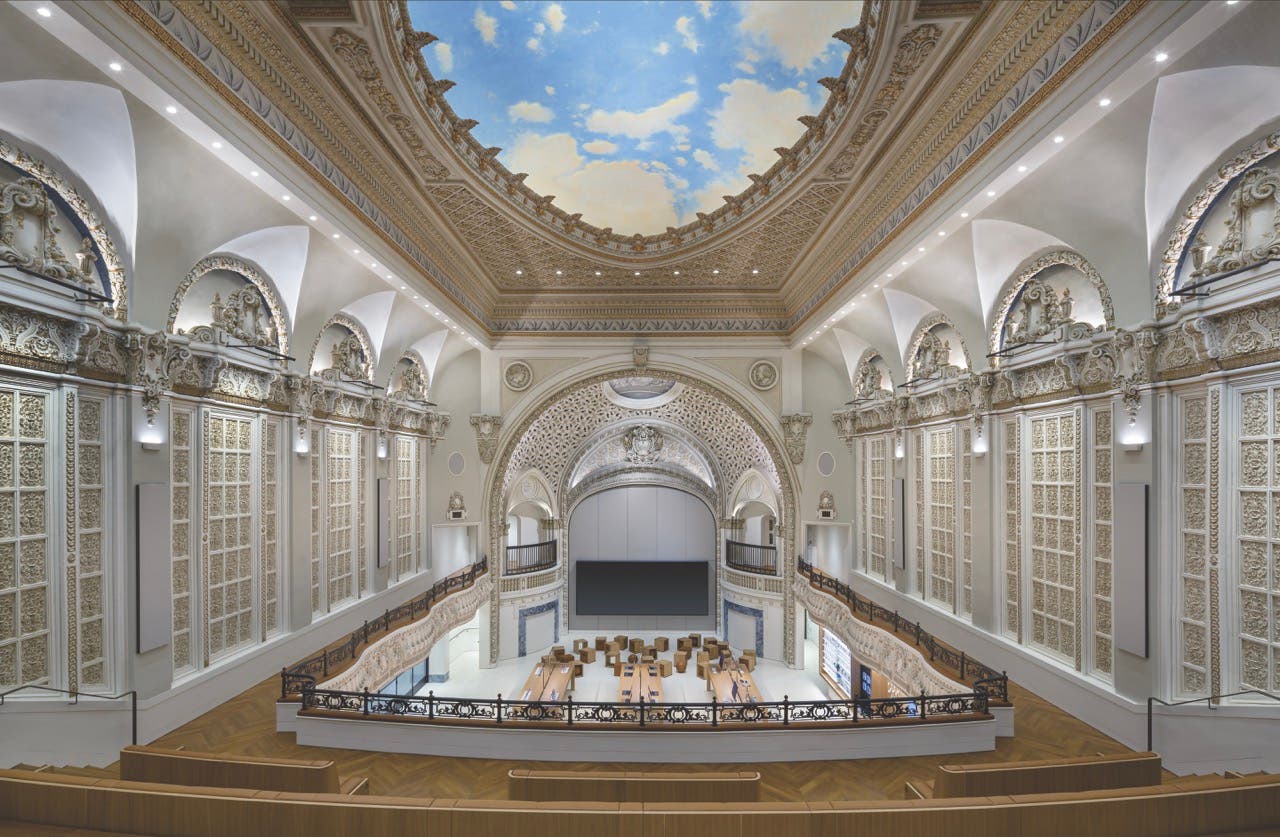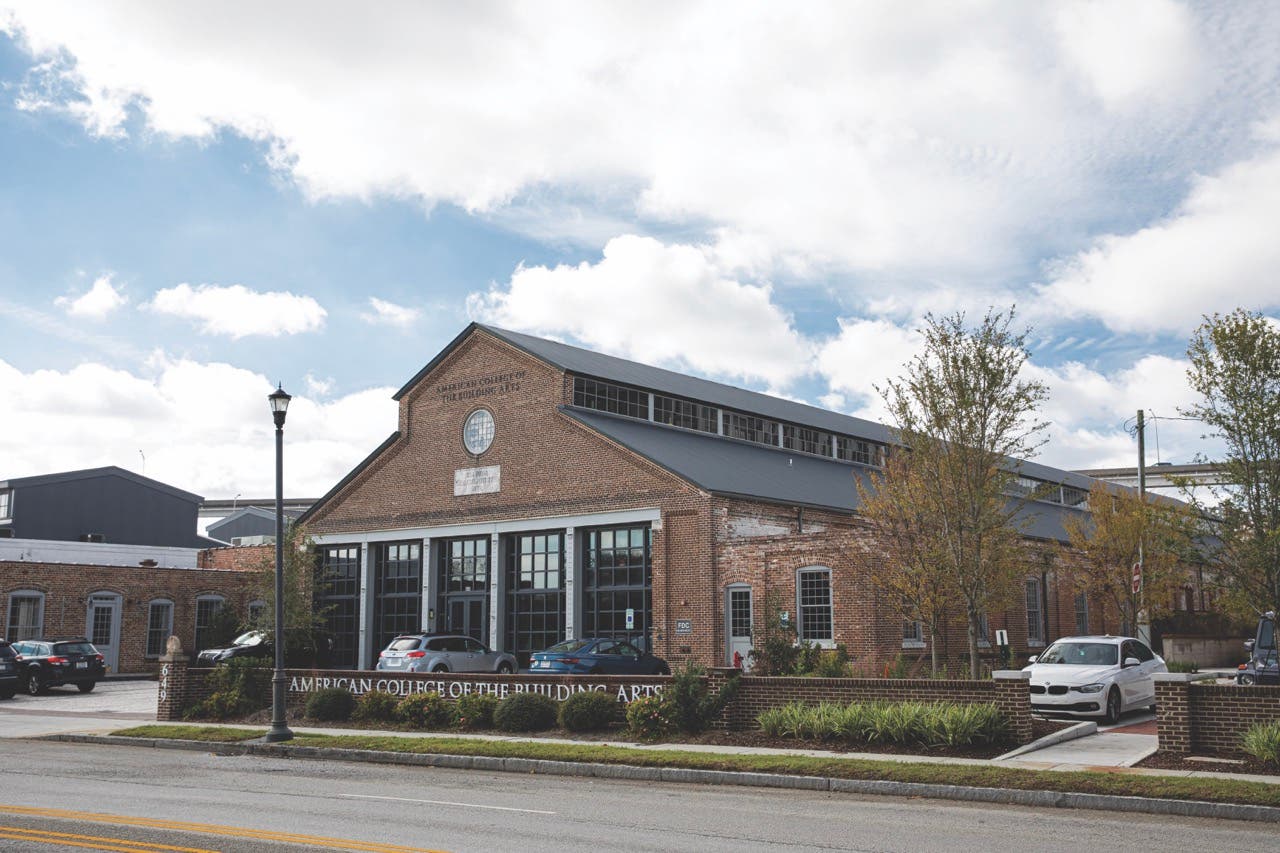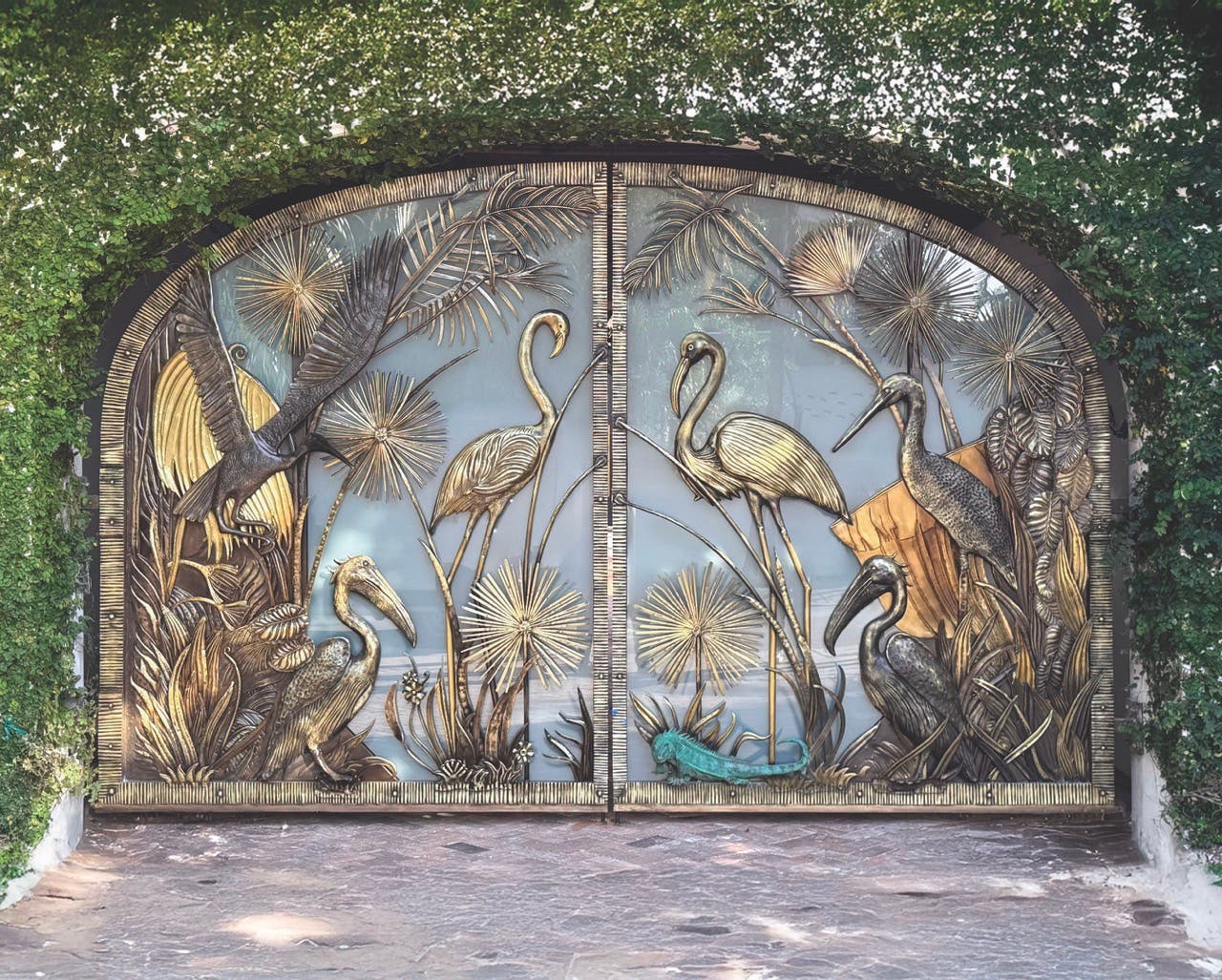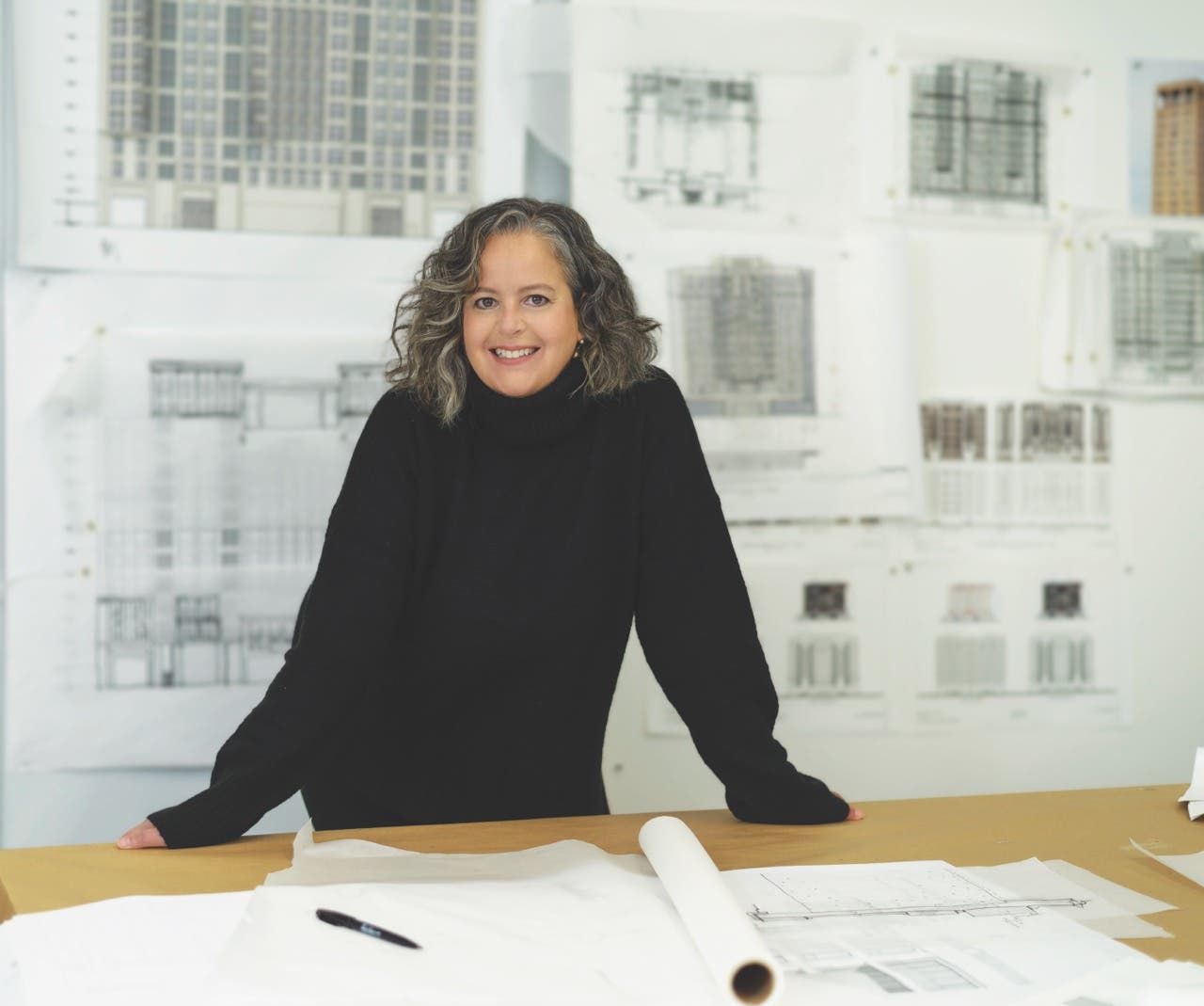
Features
Interview With Melissa DelVecchio
As a Partner at Robert A.M. Stern Architects, Melissa DelVecchio, FAIA, has long employed timeless, context-driven designs in remarkable projects like the Pauli Murray and Benjamin Franklin Residential Colleges at Yale University and Wasserstein Hall at Harvard Law School. On the eve of becoming the next Chair of the Institute of Classical Architecture and Art (ICAA), Traditional Building spoke with DelVecchio about the enduring influence of an education in classicism, the growth of the ICAA over time, and harnessing classical principles to meet modern challenges.
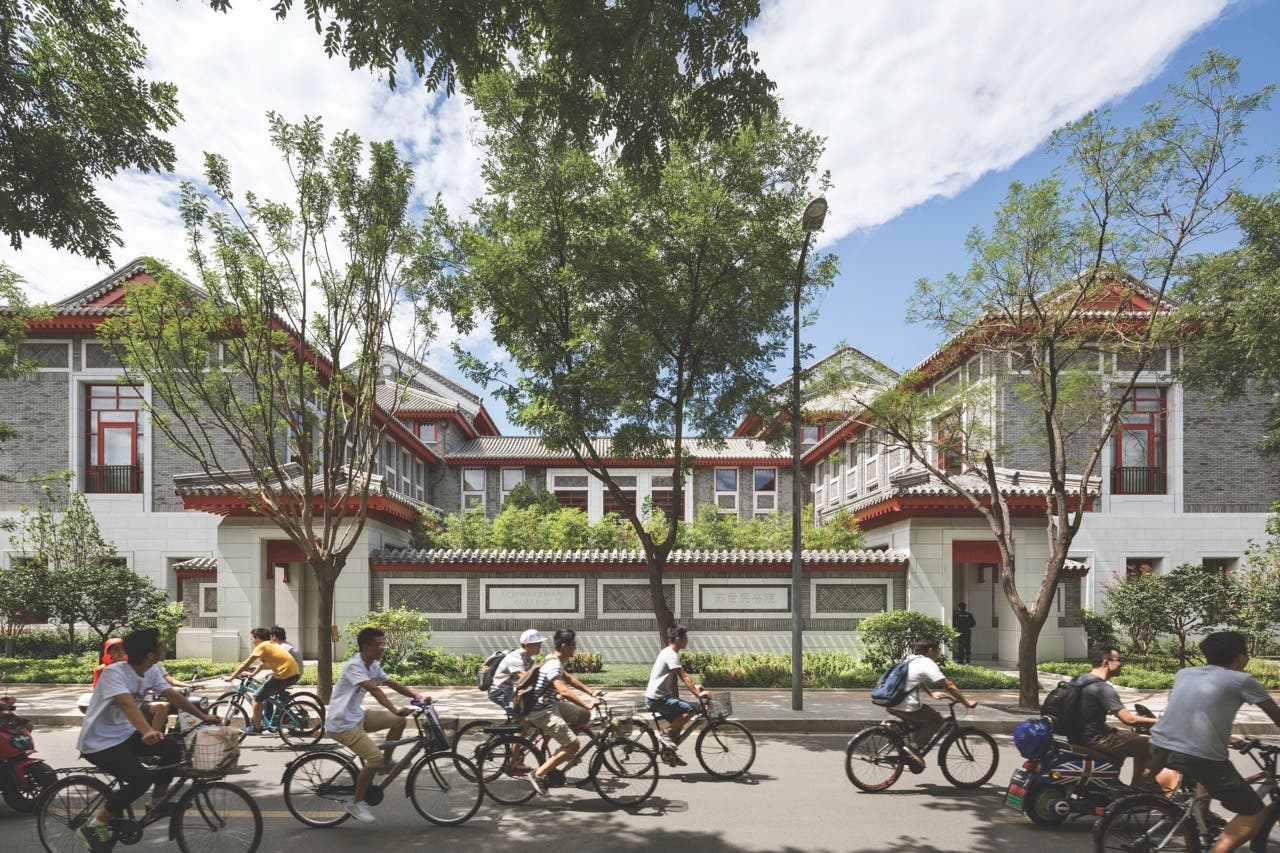

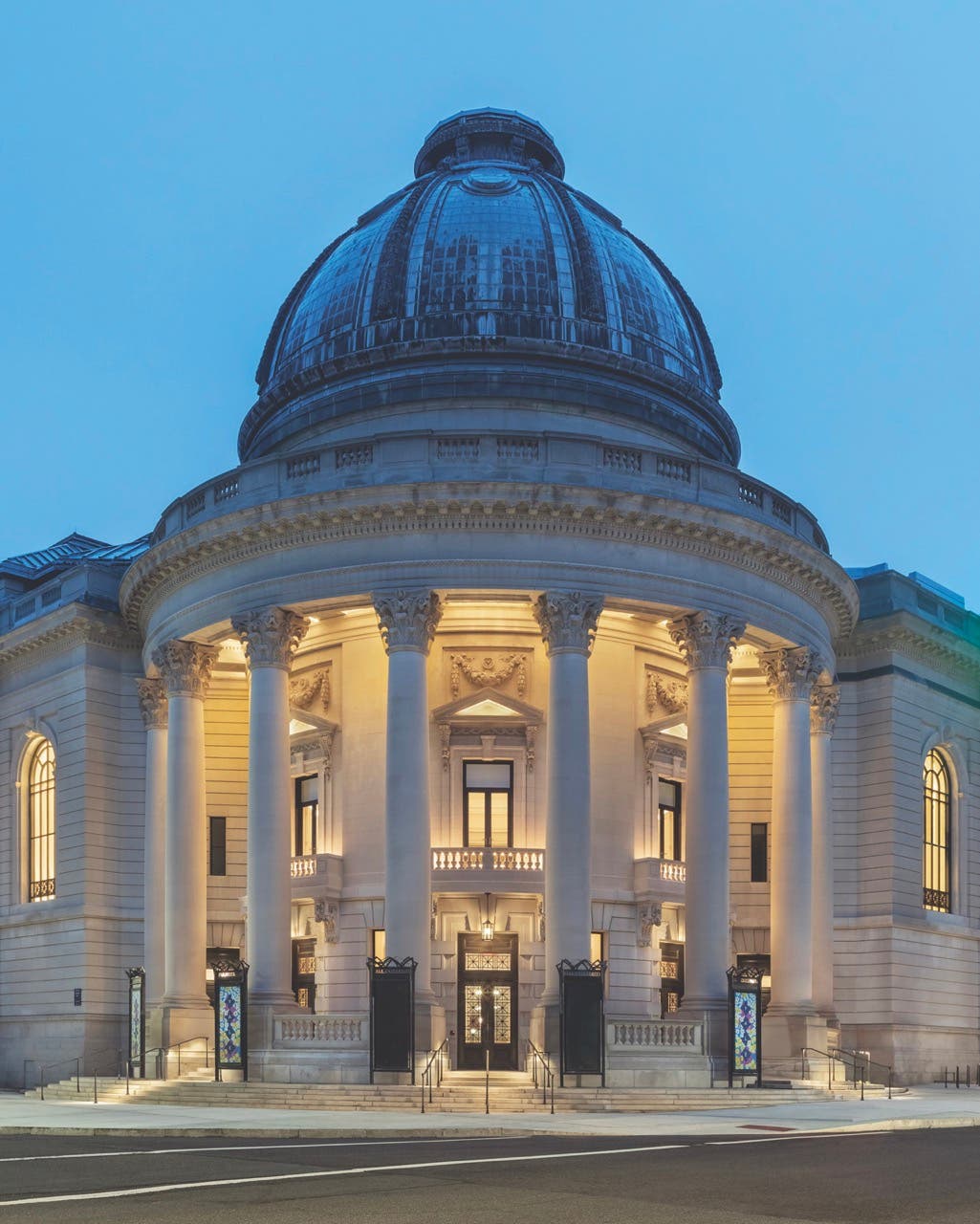
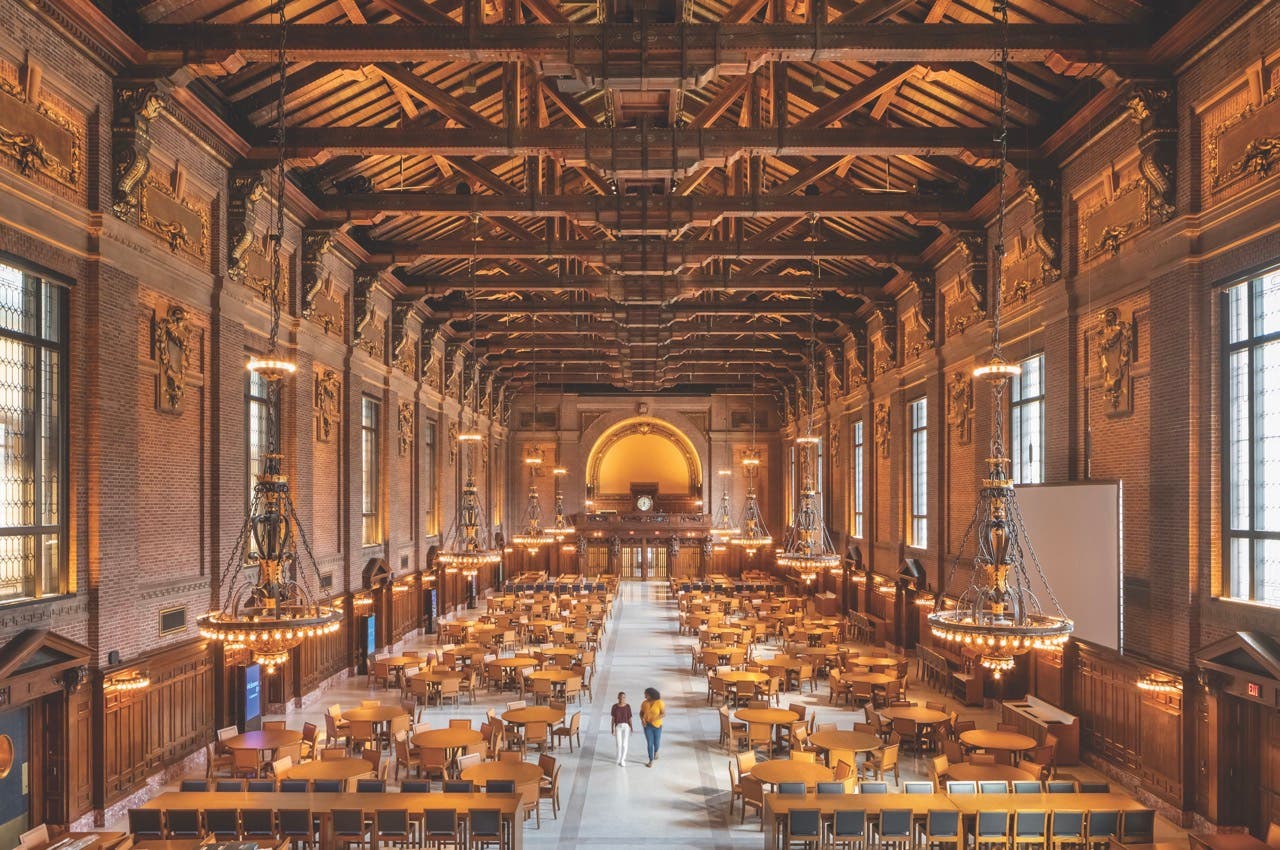
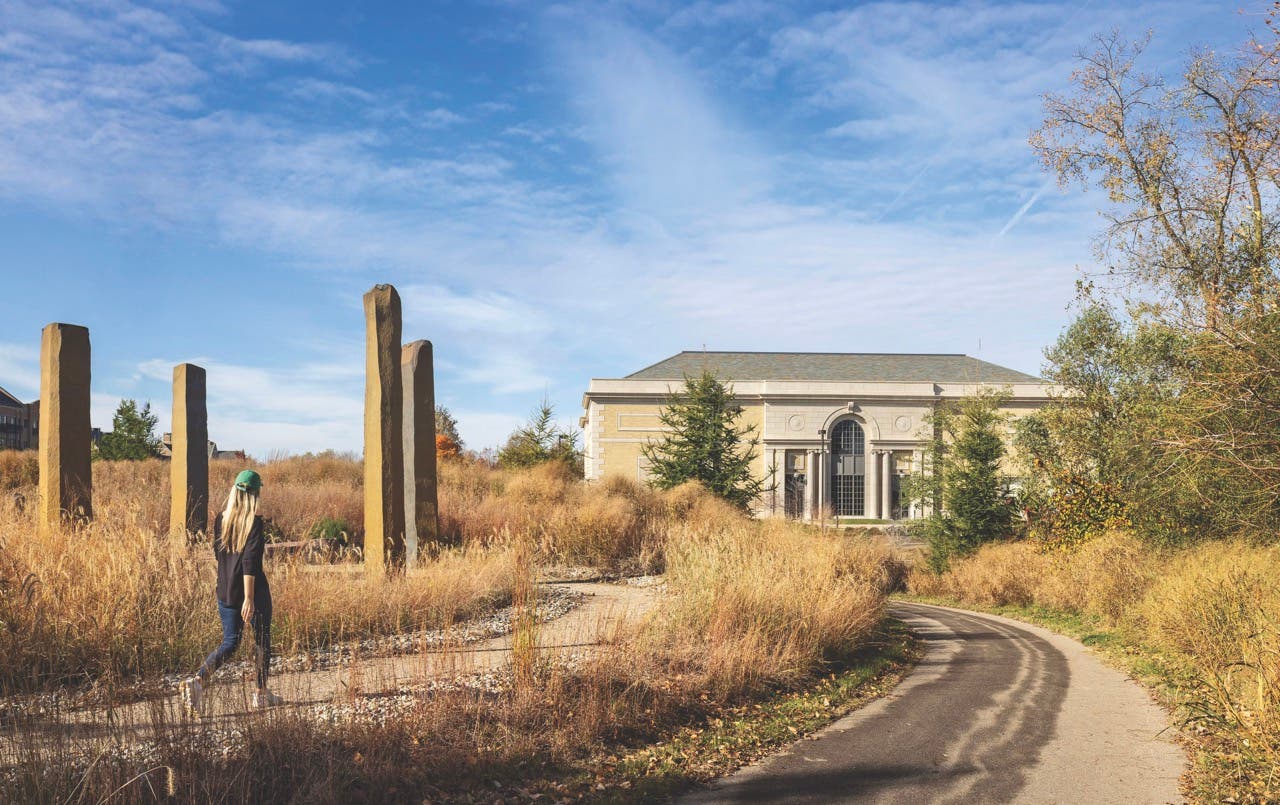
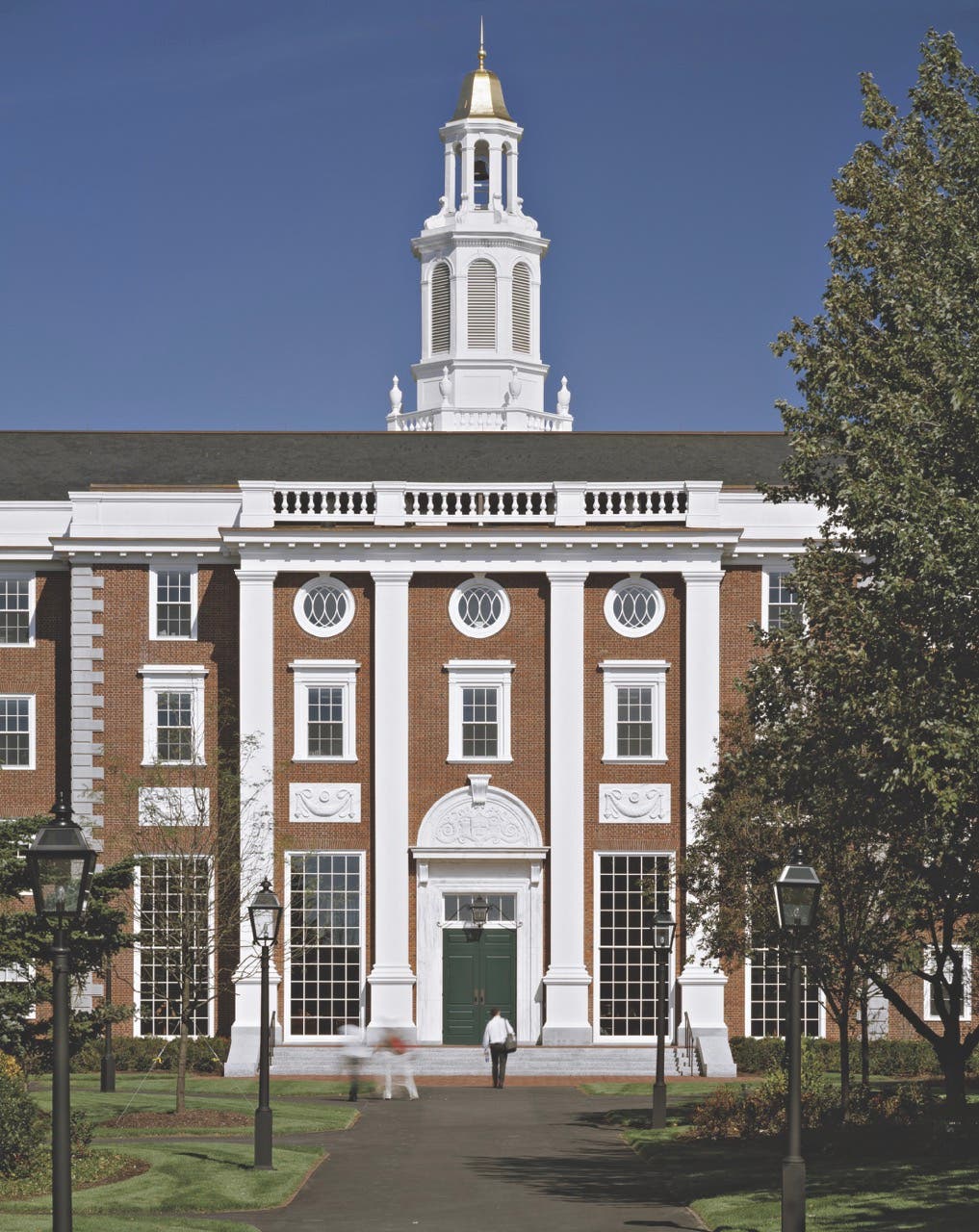

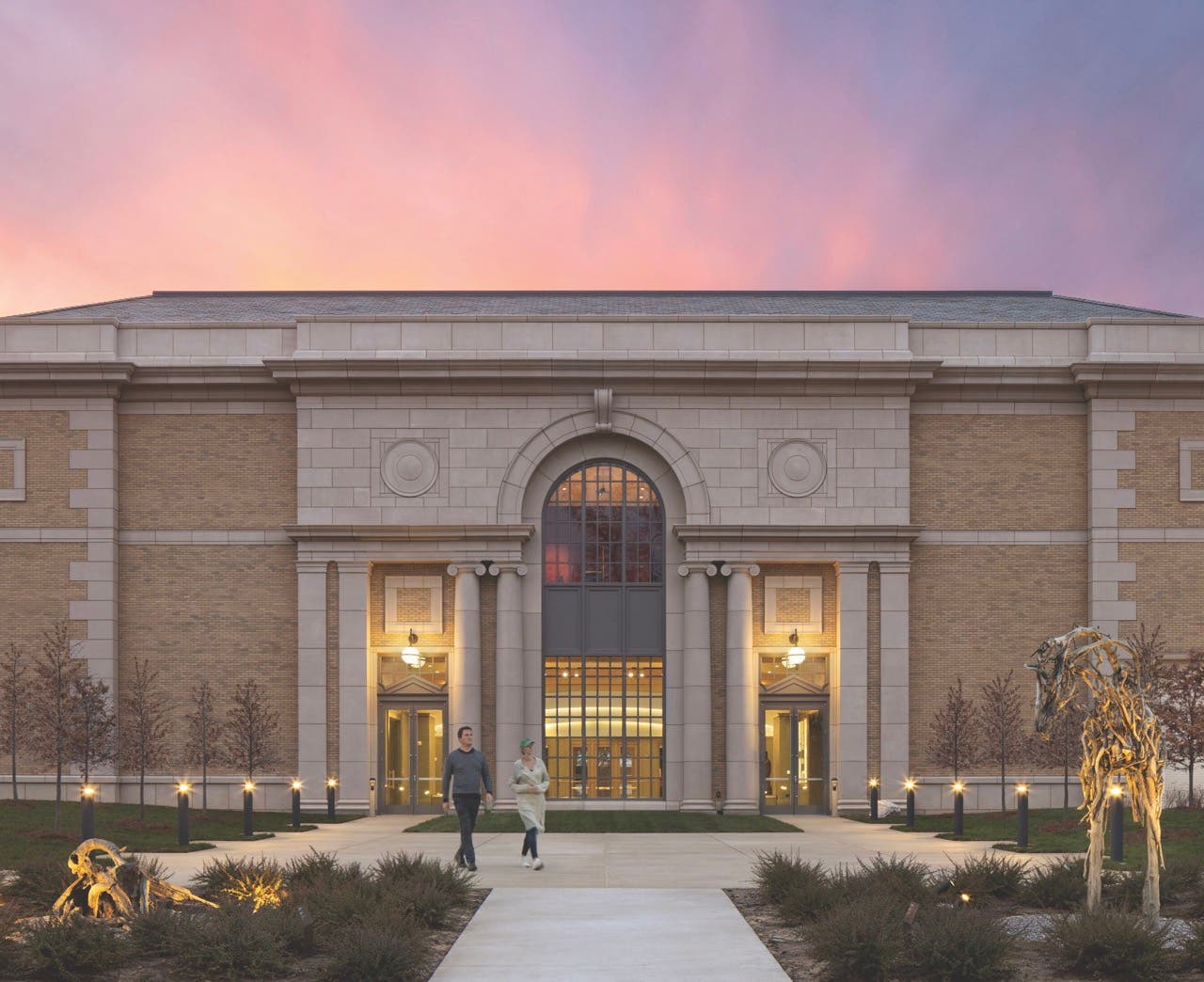
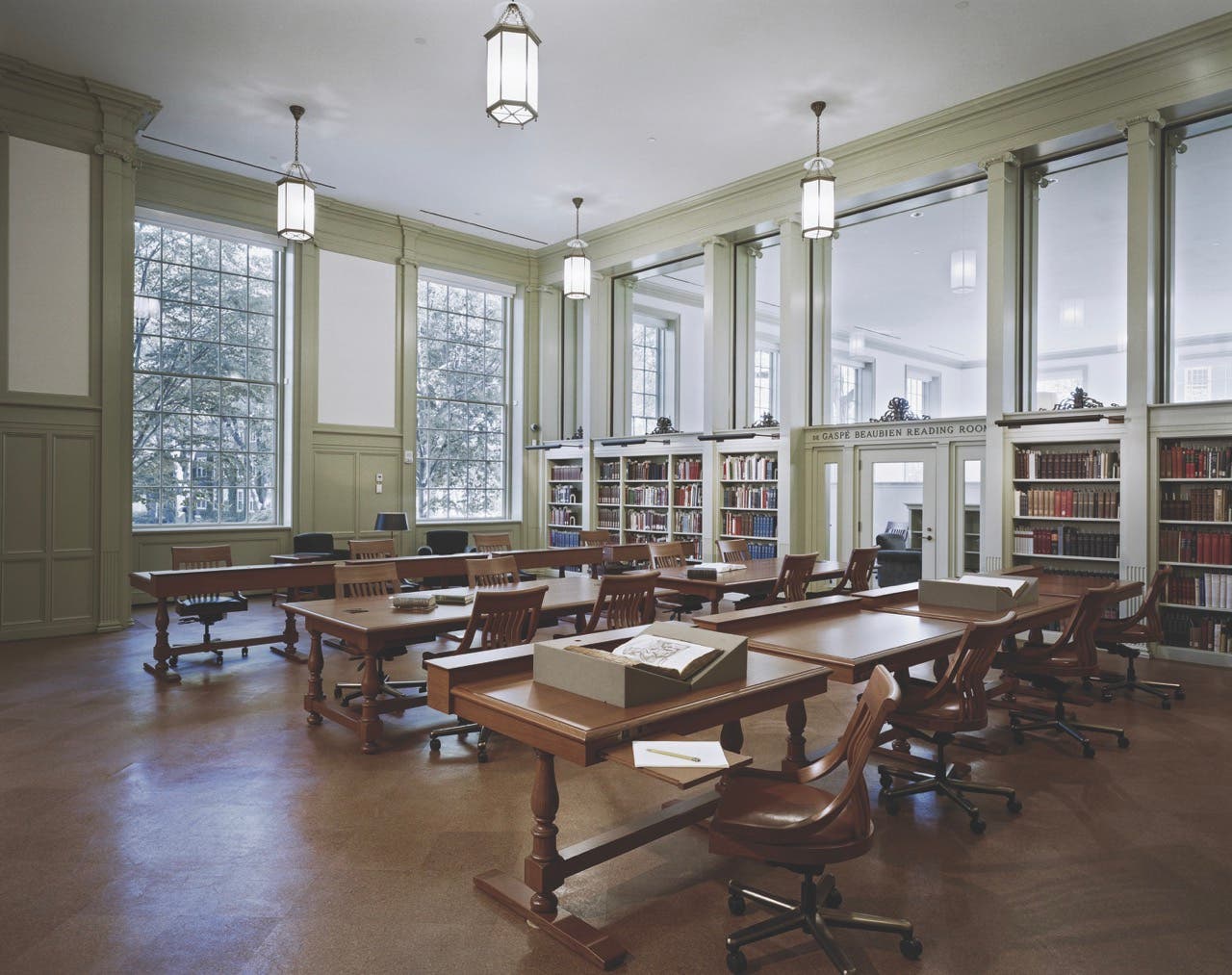
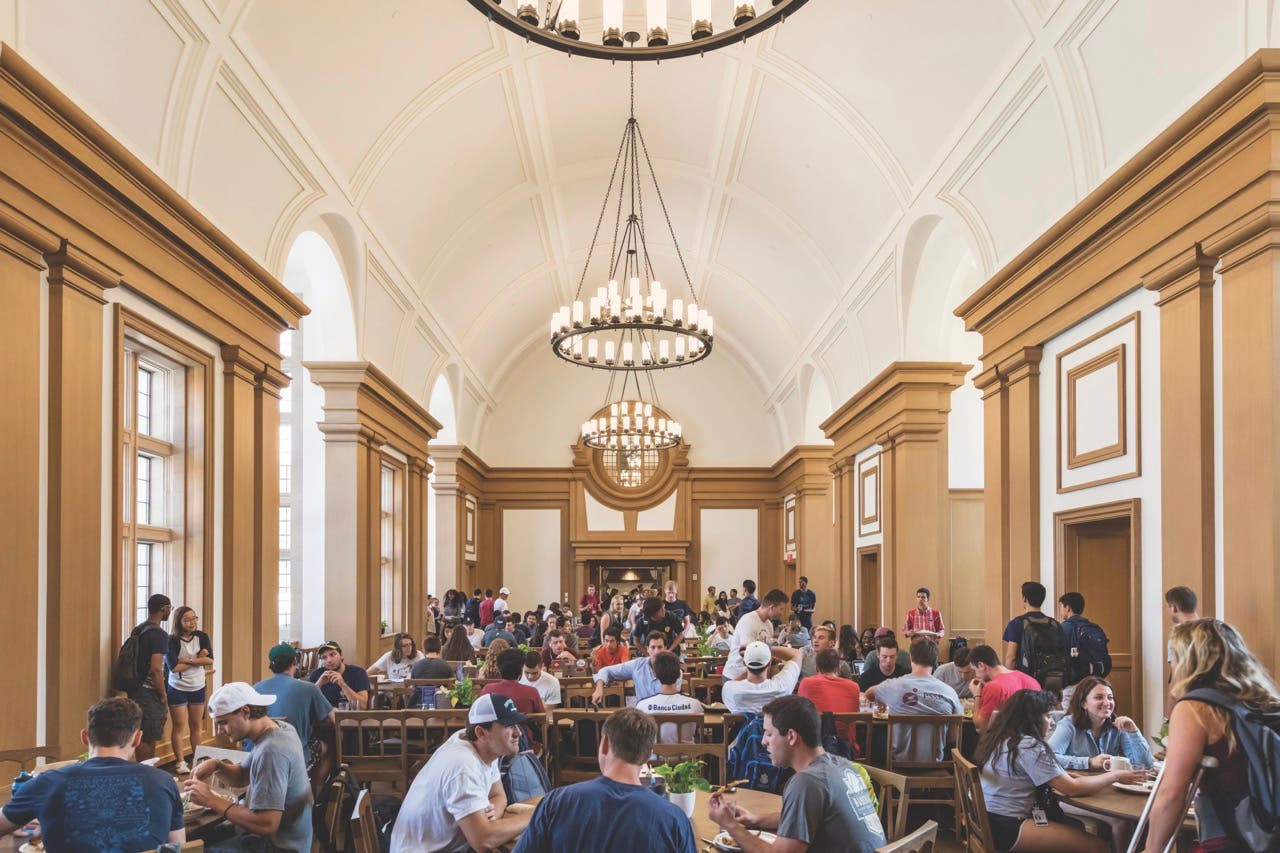
You were part of the first undergraduate class to go through the traditional architecture program at the University of Notre Dame. What was the lasting impact of that experience?
Melissa DelVecchio: In 1989, the year I arrived on campus, the university hired Thomas Gordon Smith, a renowned classical architect to lead the department—he fundamentally transformed the program to focus on classical and traditional planning principles. It’s become a very strong program also with a strong focus on traditional urbanism and sustainability layered into the curriculum by Michael Lykoudis, a later dean. Of course, this reputation didn’t exist when I first arrived. Initially, I reacted to the limited focus of what we were being taught, but I came to appreciate the limited focus which allowed me to hone my analytical, observational, and problem-solving skills. By graduation I very much believed in the principles I’d been taught. But then I’d open up an architecture magazine, and I didn’t know what to say about the more contemporary buildings I was seeing, or how to best articulate my opinions in that world. I decided to go to Yale for graduate school, where I was exposed to a wider range of ideas. I had some time to figure out how Classicism fits with everything else, and forge my own path. I realized that no matter what the buildings I designed looked like, there was much to learn from what’s come before, and that looking back can help you find a new way forward.
I’ve heard others talk about you by saying, “It’s refreshing to hear a classicist who doesn’t vilify modernism.”
I don’t see the point of doing that. There can be a place for everything in a thriving built landscape. I sometimes ask students from highly modernist programs why they come to [RAMSA’s] office, and many say what I was feeling as a young architect: they want to learn how to study and analyze buildings in order to inform their work. Even if they aren’t designing something traditional-looking, they see value in creativity that references the long rich history of architecture as a discipline, learning what works and what doesn’t work about the buildings and places all around us, rather than free-form invention. More and more it seems that all architects care about many of the same things—sustainability, wellness, community. I’d much rather learn from one another so we can all design better places than argue about ideology.
Tell me about a project that embodies what you strive for as an architect.
[RAMSA’s] project for Schwarzman Scholars at Tsinghua University in Beijing, China, speaks to the cross-cultural, diverse ways in which classical principles are embedded in both Eastern and Western cultures. Stephen Schwarzman, the founder of the program, didn’t want a modern-looking building that could be in New York or San Francisco or Dubai. The mission of the program was to bring scholars from across the world together for an intensive year of study in China. He wanted something that expressed Tsinghua’s particular sense of place and facilitated building bonds between the students in this living-learning community. The building fuses ideas taken from the planning of Oxford and Cambridge residential colleges, and also traditional Chinese houses, which share many characteristics. But it’s also five stories tall with three stories underground and a sunken courtyard—a configuration that both maximized the buildable area and brought natural light deep into the structure. It’s a totally new and innovative way to use ideas from the traditional precedents.
As you begin your time as Chair at the Institute of Classical Architecture and Art, what about this moment excites you?
I have big shoes to fill—[former Chair] Russell Windham and his predecessors have done so much to grow the organization. My first involvement with ICAA was joining a small strategic planning committee as a very young professional. At the time it was a very small volunteer-driven organization. The growth since then has been exponential. There were no chapters; there are now 15 chapters across the country with their own robust programming and memberships. The education programs were small and solely focused on continuing education for professionals—now we’re also educating middle-school students, we have partnerships with over 22 universities, and we’ve grown our continuing education with both in-person and online programming for both professionals and enthusiasts. The YouTube channel has more than 1.9 million views, and between online and in-person programming, the ICAA is reaching 80,000 people a week. It’s been fascinating to see this organization grow into something that touches people across the world every day.
What’s your vision for the future of the ICAA?
We’ve just launched a strategic plan for the next five years. I’m very happy to have a road map that so clearly lays out the organization’s immediate goals. We’d like to take a broad view of Classicism, including traditional and vernacular architecture and Urbanism, across cultures. We’d like to emphasize Classicism’s contemporary relevance and capacity for innovation—particularly it’s potential for addressing critical issues of our time, like affordable housing, and climate change. We’re planning for a next generation—creating instructor training programs so our trusted longtime faculty can train others to take on our growing educational programming. We’d also like to continue building alliances with compatible organizations like The King’s Foundation and INTBAU, and reach new audiences, including the builders, developers, government officials, and others who are important partners in building strong, healthy communities, and the artisans who are so instrumental in creating a beautiful final product.
Every day I see examples where the design principles we advocate are becoming part of the mainstream discussion in society. Just yesterday I was listening to a radio broadcast about how building walkable towns and cities can reduce traffic deaths, which are on the rise because more people are driving SUVs. This was an automotive industry debate, but a perfect opportunity to engage a wider audience in a discussion about how Classical and Traditional principles can help us build places that can serve communities better. It’s an exciting time where we can really lead the way. TB


